Landscape Maintenance
GREENISH
Landscape Maintenance JB
Our landscape maintenance JB services shall include but not be limited to :
- Removal of weeds from plantations.
- Turf mowing in garden.
- Removal with disposal of trash and debris from plantations or parking lots.
- Remove broken or damaged plants.
- Plant trimming to reduce hazardous situation (blocking driver’s line of vision, pedestrian pathways, etc.)
- Provide inspection, treatment as needed, for diseases and insect infestations of surrounding areas.
- Check irrigation equipment for leakages, breakage, malfunctioning and perform repair services as needed.
- ving the areas. (lesser gardening effort).
- Remove cob webs and debris from building structures and signage.
- Cleaning patios, benches and outdoor furniture by spray-washing.
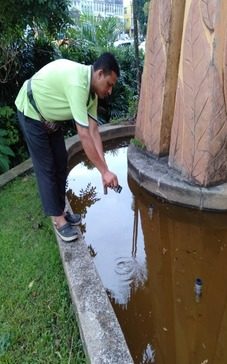

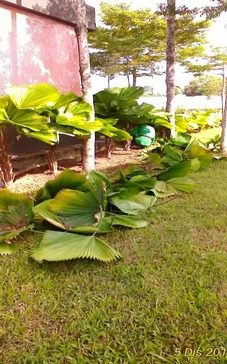
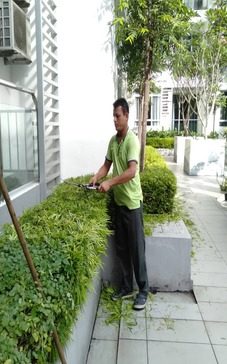
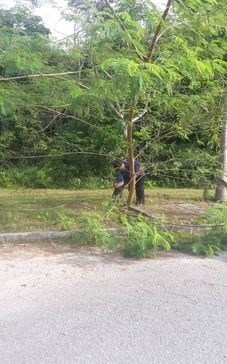
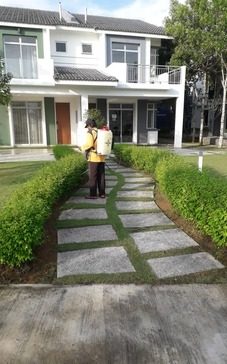
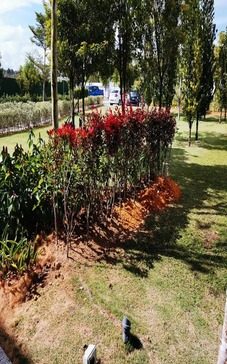
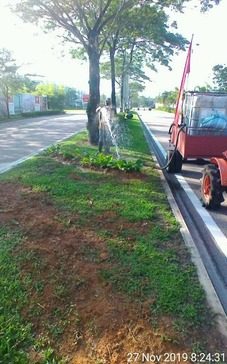
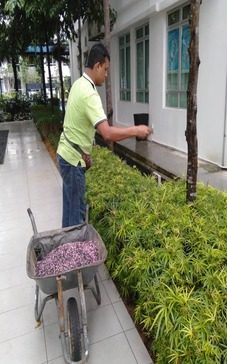

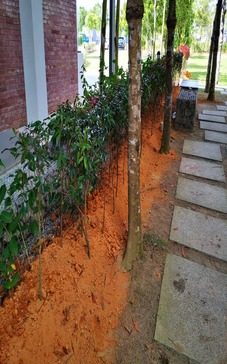


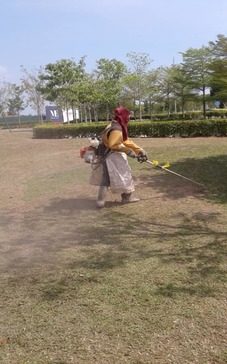
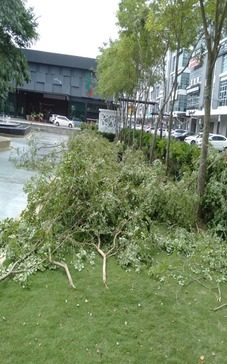
Building Cleaning
Building Cleaning Services
We provide landscape maintenance, outdoor cleaning services needs of companies of every premise and every size in Johor Bahru. We provide building cleaning services in which companies can customize for their convenience. Office building cleaning services can be conducted prior to hours of operation, during hours of operation, after hours of operation, and as often as needed.


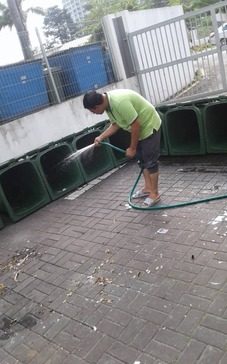
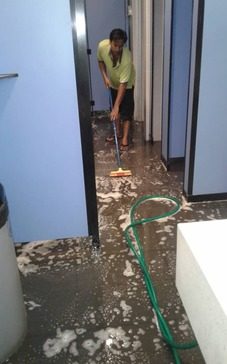



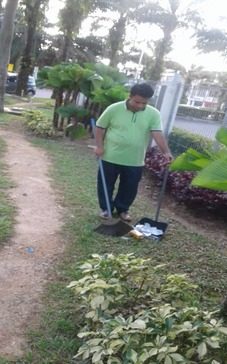
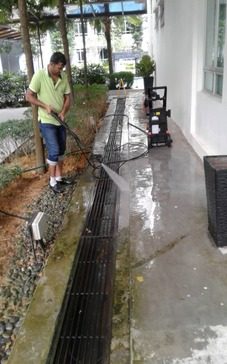




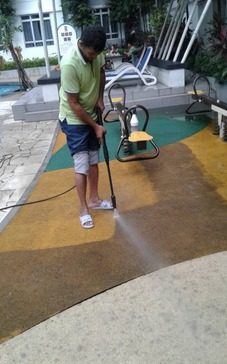



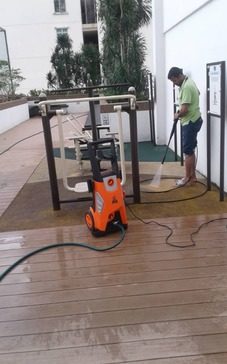
Outdoor Cleaning
Outdoor Cleaning
Exterior cleaning or outdoor cleaning is the process of cleaning a building’s exterior, including the restoration of good hygiene or removal of litter or dirt. Not to be confused with interior cleaning (e.g., office cleaning), exterior cleaning draws on aspects of environmental care, architecture preservation, and psychological well-being, in addition to traditional cleaning.

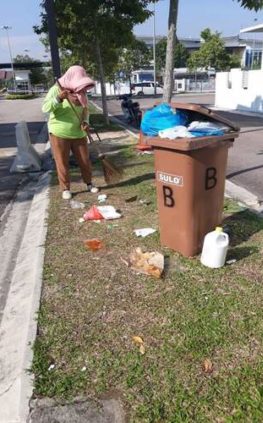
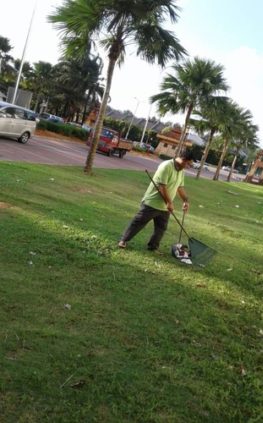
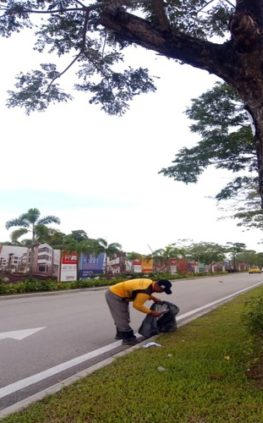
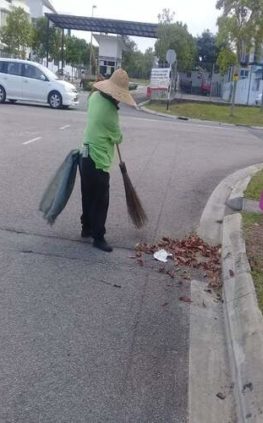
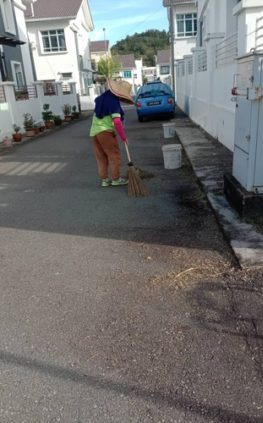

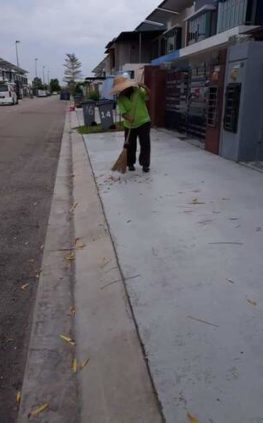

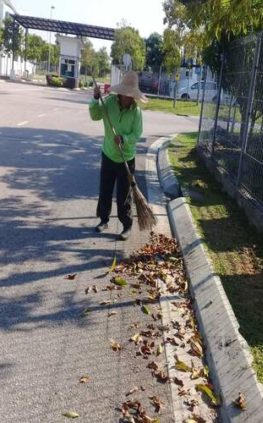
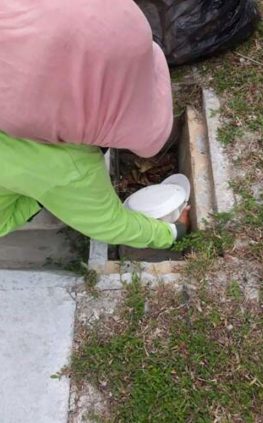
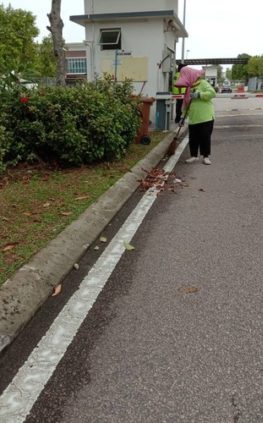
Our Progress
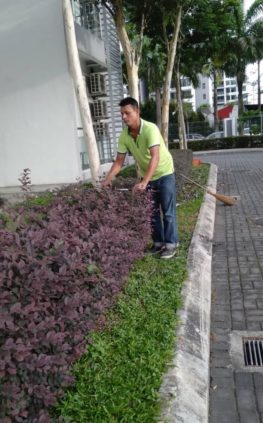
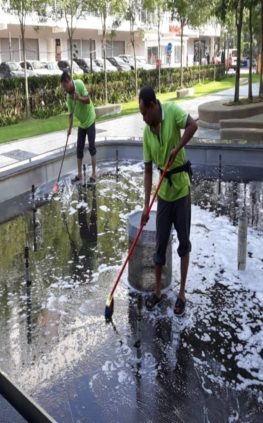
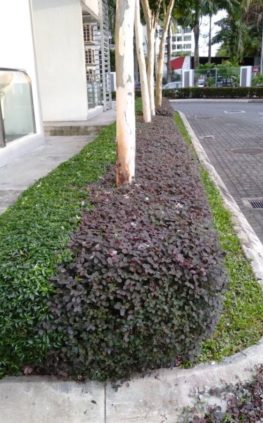
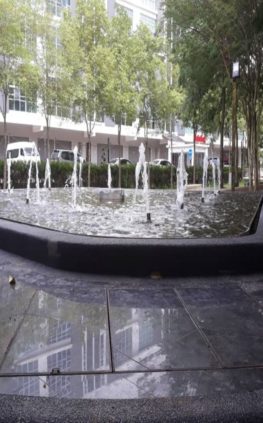
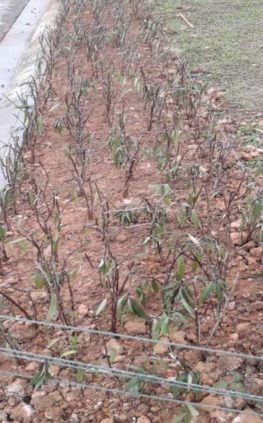
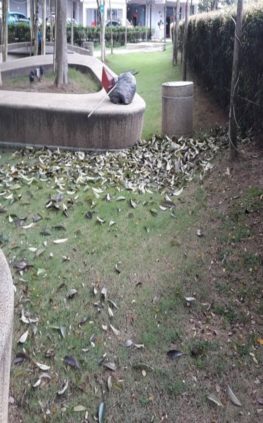
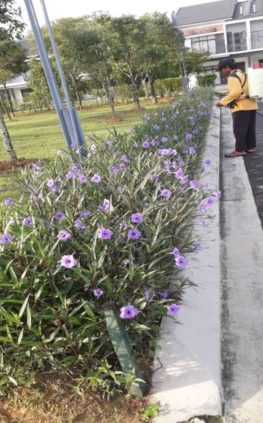
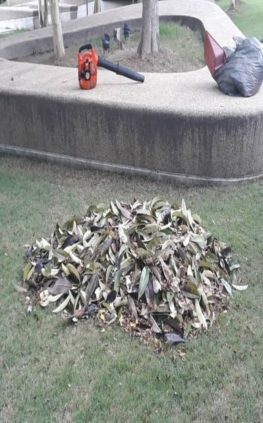
How Often Should I Be Mowing My Lawns?
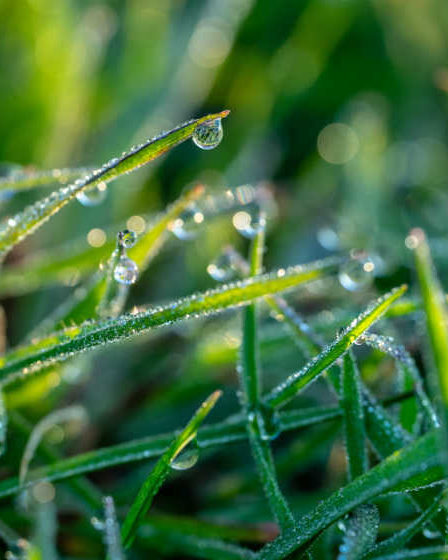
How Often Should I Be Mowing My Lawns?
It can seem like a bit of a guessing game when it comes to lawn care and when you should mow your lawns. There doesn’t appear to be any “one size fits all” approach, as plenty of variables come into play.
Where you live, your climate, weather patterns, grass type, and current grass health may all factor into the question you’re asking yourself; how often should I be watering my lawns? And have I been doing it wrong all this time?
Don’t Overwater Your Lawns
To keep your lawns thriving, green, and beautiful in what is often a drought-plagued country, you might think that watering more is doing your gardens favor. It’s not. When you water your lawns a lot, as in every day, they don’t get a chance to seek out water for themselves and lengthen their roots.
Let Your Lawn Tell You When In Wants Water
Your watering habits should change with each season. You shouldn’t need to water your lawn in winter, except on the odd occasion with limited rainfall.
In autumn and spring, watering should be infrequent and, once again, when you see those signs of grass suffering. In summer, keep watering to once or twice a week but in line with any drought restrictions in place as well. If there is a water ban in place, you must abide by the restrictions put in place – even at the expense of your lawn’s health.
Water Deeply
You might not only be getting the frequency of the watering wrong but the level as well. How long you water your grass can make all the difference. There has to be enough water to sink to where the root structure needs it, and at a rate that’s faster than the lawn and sunshine can evaporate it. If you’re not sure how much that is, put a container on your grass. When there is around 15mm of water in it, you’ve probably given your grass enough for the day.
If you’ve come to realize that your current watering pattern is not doing right by your lawns, then now’s the time to form new lawn care habits. However, don’t give your grass a reason to panic and start growing strangely. Slowly change your watering pattern over time and allow your grass to adjust. You’ll be the master of lawn care and watering in no time.
5 Eco-Safe Landscaping Ideas
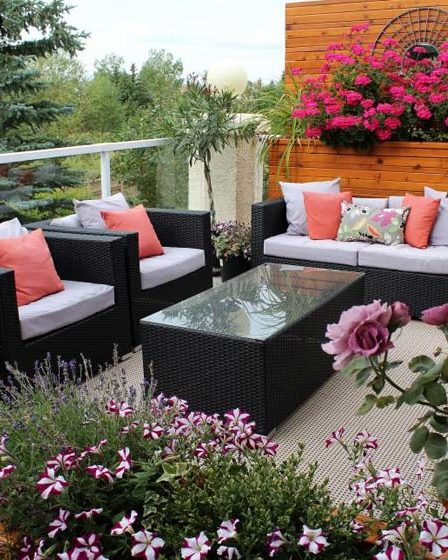
5 Eco-Safe Landscaping Ideas
You might want a lovely garden to enjoy when you’re relaxing at home. But does the idea of running the environment, just so that you can have a little piece of nature on your property, worry you? It doesn’t have to! There are plenty of modern, smart, and even affordable green landscaping design right in your own backyard if you do it the responsible way.
- Less Lawn Is Greener?
While you might have less actual green in your yard, in terms of lawn coverage, going without as much grass is really the greener option. Even removing turf that’s already in your yard can save a lot of water and cash. If you hate the idea of having a yard that’s completely void of any grass, consider simply reducing the amount that you have. Replace it with some eco-friendly plants instead, or a walking area that’s sustainable.
2 Consider Artificial Grass
Okay, you’re probably reeling in horror at the suggestion that synthetic turf could possibly be in line with a go-green attitude. But think about it for a minute; the average landscape that’s covered with grass uses an insane amount of water and other resources to keep in lush and green. There’s also the cost of maintenance, including using lawnmowers than run off petrol most of the time. Your own green oasis is far more resource-intense than even a natural landscape. If you want to reduce your overall costs and your imprint on the planet, it absolutely makes sense to use synthetic turf in your yard. Some areas even offer rebates to homeowners who are willing to do this.
3 Re-Use Existing Materials
The easiest way to do this is by looking at your own yard and finding things that could be re-used. This is the most eco-friendly way to find new materials, as there are no costs or resources required at all. Going beyond that, you can ask people in your neighborhood if they have any materials they don’t need. Perhaps you can work out some kind of trade, to not only keep your costs down but keep from producing new materials or having them brought on from other areas. There are also building sites to consider, which might have materials that you can have for free or buy. Salvage yards are also a great source of cheap and eco-sourced materials for your yard.
4 Easy Plants for Low Maintenance
Find plants that are well suited to your area. If you live somewhere that’s hot and dry without a lot of rainfall, why would you choose plants that need loads of watering? Find plants that are naturally resistant to drought and don’t require too much care to keep healthy. You can find things like asters, ornamental grass, tulips, marigolds, and pansies that look great, and are also low-maintenance.
5 Certified Wood Only
You can seriously reduce how much you impact the environment by refusing to use woods that are not sustainably sourced. Make sure that you are buying genuine certified wood, and don’t use anything that’s been chemically treated. Instead, go for woods that are naturally resistant to rotting, so that you won’t be adding harmful compounds to the air and soil.
